WordPress vs Laravel PHP Framework
Comparing WordPress vs Laravel is complicated because both “platforms” have little in common besides using PHP. However, understanding the differences between both options is essential to determine how to build your next project.
In this article, we will talk about who should use WordPress and Laravel. We’ll discuss customization options, ease of use, security, and more. Let’s get to it!
Mục Lục
WordPress vs Laravel PHP Framework: Who Are They For?
It’s important to understand that WordPress and Laravel are two very different types of software. However, they’re both “solutions” that you can use to build websites and online applications.
WordPress
WordPress is a Content Management System (CMS) that enables you to build sites using visual tools. You get access to a Block Editor that works similarly to page builder software and a dashboard with options to create and manage content, user accounts, and more:
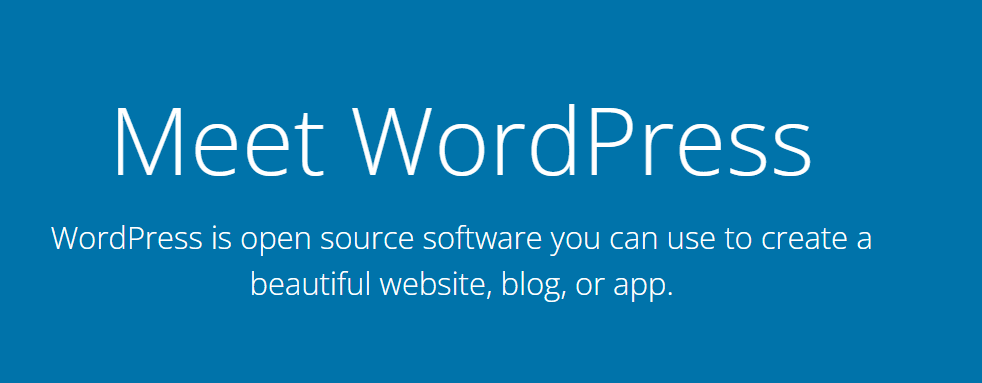
On paper, WordPress is a blogging platform. However, the CMS is incredibly versatile, so much so that 43% of all existing websites use it. Therefore, it’s suitable for everything from eCommerce stores to personal blogs.
If you use the open-source version of WordPress, you’re not even limited to a specific web host. You can set up the CMS on any server that you want.
Laravel
Laravel is not a CMS but a “framework” for the PHP programming language. That’s the same language that’s at the core of WordPress. However, Laravel doesn’t provide visual tools or dashboards to help you create a website:

With Laravel, you get a library of pre-programmed features to “put together” a website. That process takes place from a Command Line Interface (CLI) called Artisan.
To use Laravel, you’ll need to know your way around PHP even though you interact with the framework using a scripting language. Although that process may sound complicated, using Laravel can be remarkably straightforward if you have a development background.
Laravel is not a “platform” that you can pick up without programming knowledge. If you have zero background in web development, WordPress is definitely preferable.
However, that’s not to say WordPress is a platform for beginners only. The CMS is incredibly customizable, and you can use it to develop websites with highly complex functionality.
WordPress vs Laravel PHP Framework: Ease of Use
Although WordPress and Laravel offer such different experiences, we can compare how easy they are to use. Let’s start with WordPress.
WordPress
WordPress is straightforward to learn even if you have no web development experience. It might take a while to go from zero to having a ready-to-go website. However, you have an amazing wealth of resources and tutorials for the CMS. Combine those resources with an intuitive dashboard, and WordPress is a beginner-friendly option:

Once you have some experience under your belt using WordPress, you should be able to create new pages and entire websites relatively quickly. You’ll practice using the Block Editor, know which plugins to use in particular situations, and get an idea of which themes to use for different sites.
Laravel
If you don’t have a background in web development or experience using the command line, Laravel might be overwhelming. However, you don’t need to be a master programmer to use Laravel.
Basic knowledge of PHP and CLI functionality should be more than enough to unlock the potential of Laravel:
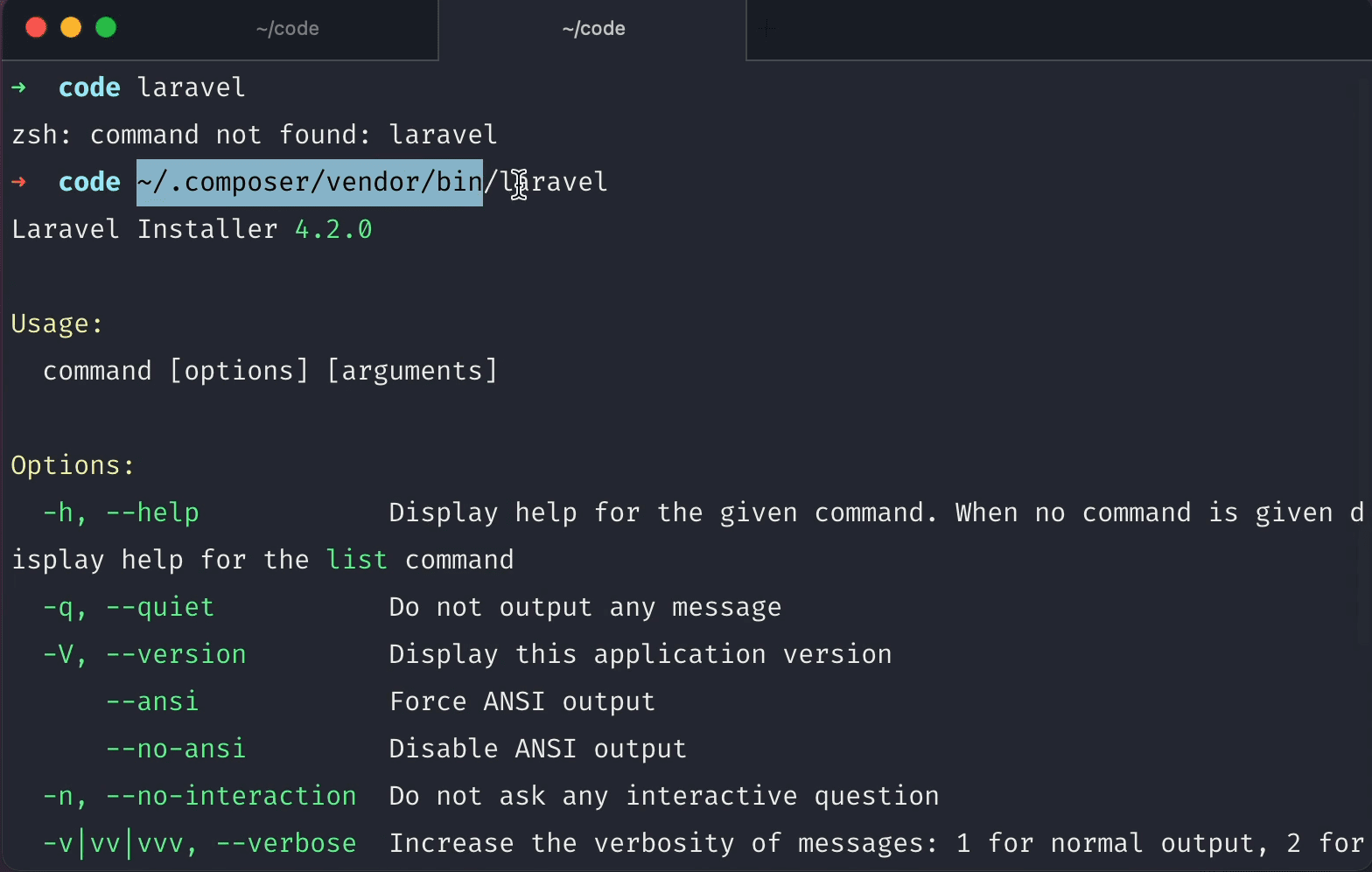
Laravel offers extensive documentation to help you get started. For the best possible experience, we recommend checking out the Laracasts library. The library contains in-depth video tutorials for getting started with Laravel. You’ll also learn how to use some of the many “packages” or pre-built features the framework offers.
If you want an “easy” setup, Laravel offers some “starter kits” that package several features, including scaffolding (the basic structure for any Laravel app that you create). You can use starter kits such as Laravel Jetstream for faster application deployment:
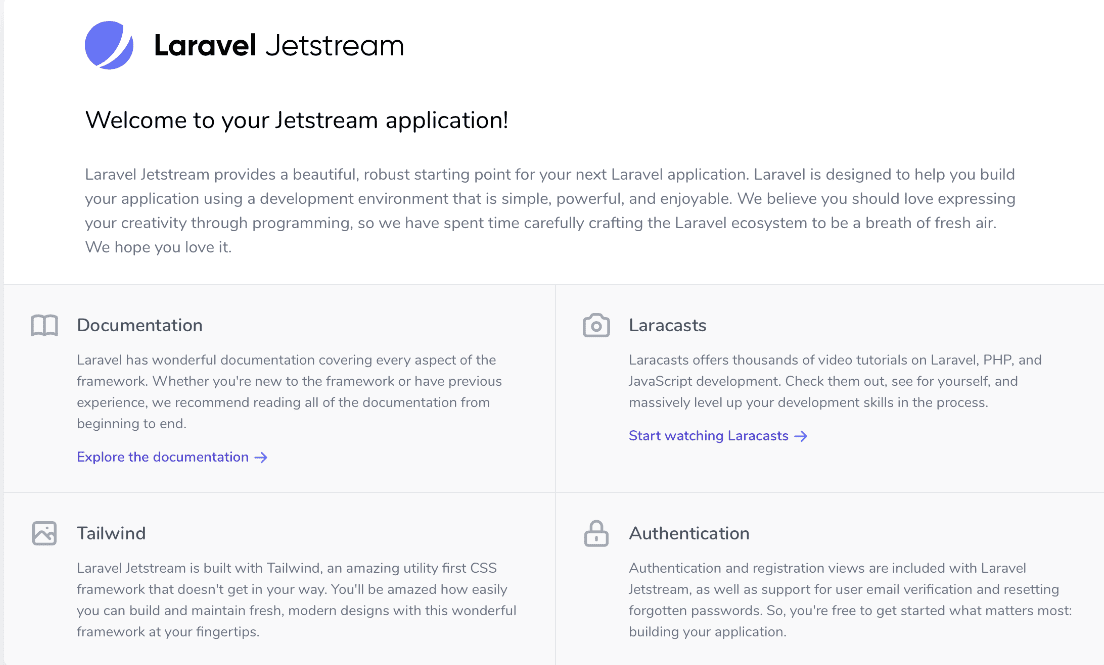
Arguably, the learning curve for Laravel is bigger than with WordPress. However, once again, we’re talking about two options for web projects with entirely different approaches. If you’re comfortable with the command line, you can set up a Laravel project on your server and start publishing pages in minutes.
WordPress vs Laravel PHP Framework: Customization
Both Laravel and WordPress offer a wealth of customization options for whatever project you’re working on. Here’s how both of them compare.
WordPress
Most people customize WordPress using plugins and themes. Plugins are add-ons that can add new functionality to the CMS. Fortunately, there are thousands of plugins available to use, and a lot of them are free:
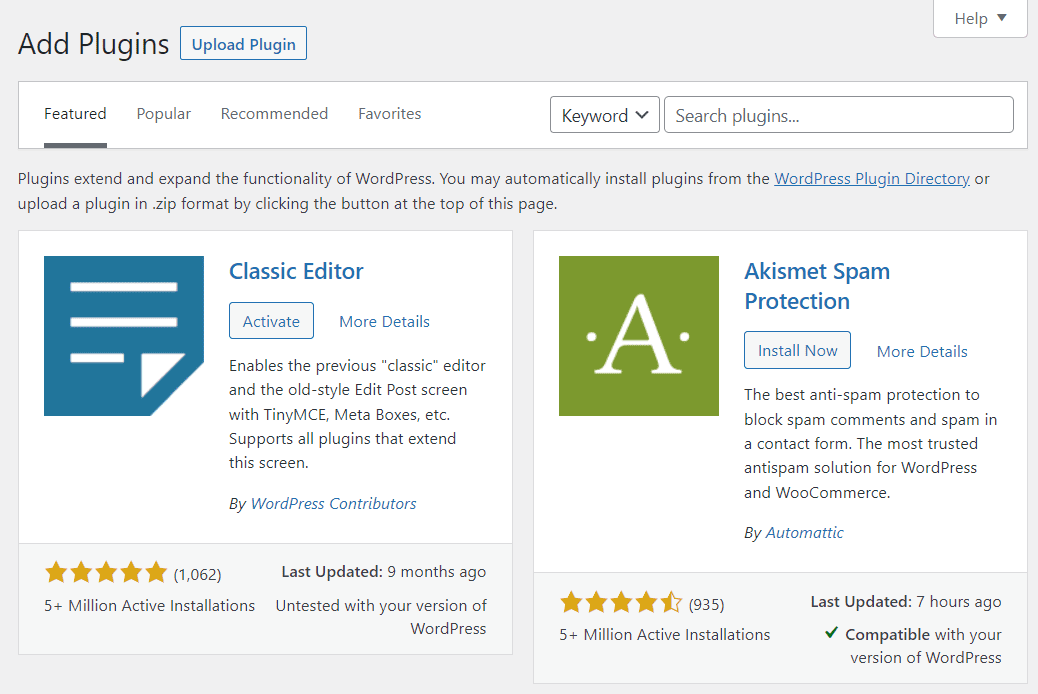
Plugins not only add new features to WordPress but also enable you to change core aspects of how the CMS works. For instance, if you don’t like the default Block Editor, you can replace it with a page builder plugin, such as Divi. With WordPress, you can develop almost any kind of online project that you can imagine.
If you have web development experience, you can also edit the WordPress code and create new plugins and themes. In short, every aspect of WordPress is up for customization.
Laravel
With Laravel, you start every project from scratch, choosing which dependencies and packages you want to use. That means any website built using Laravel only includes features that are manually added:
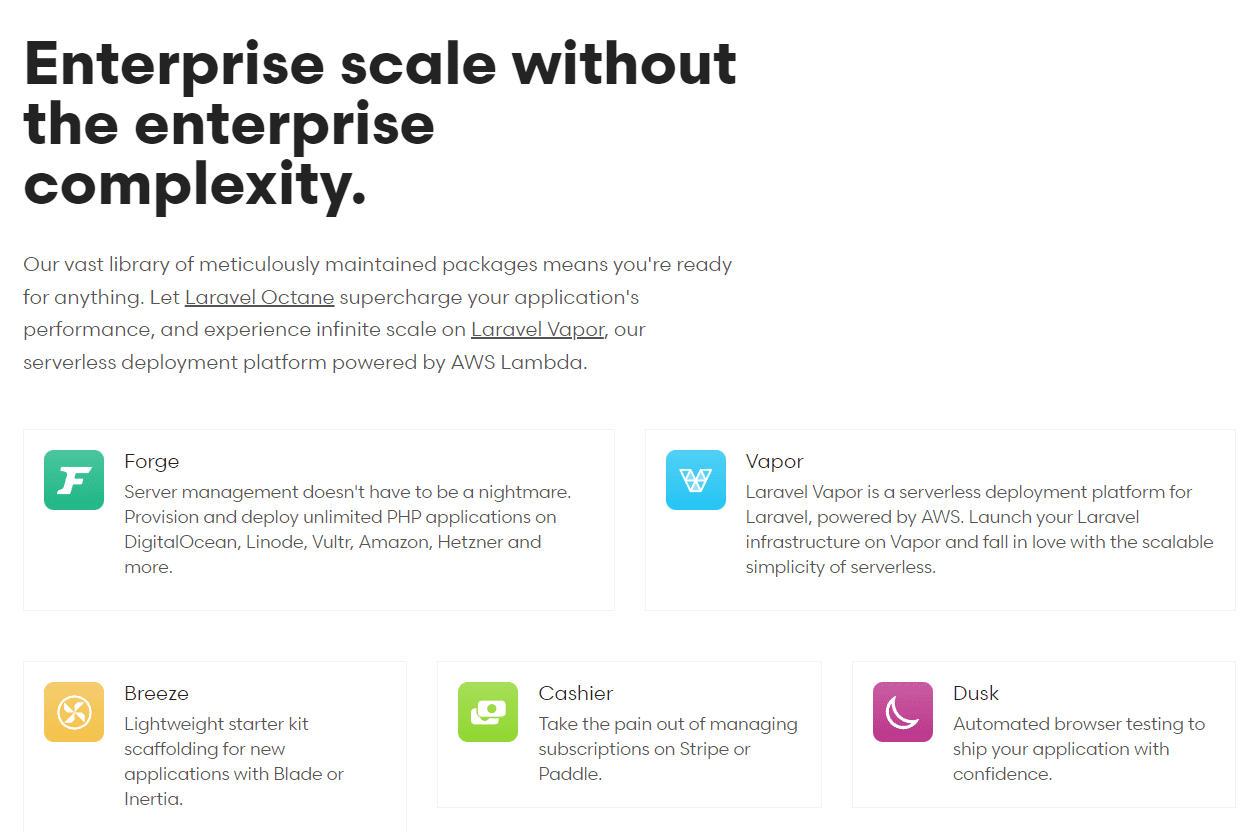
The Laravel model means that every project has a unique set of features. With Laravel, you can add or remove any package since the framework uses a modular system.
Although some packages can add a visual interface for your Laravel website, you should expect to make most edits via the command line. That means you’ll need to understand the Laravel syntax and be comfortable managing a web project via commands.
WordPress vs Laravel PHP Framework: Themes and Templates
Many platforms provide themes and templates to customize your website’s style. Themes enable you to quickly try new designs and overhaul your website’s appearance without coding. Here are the differences in how WordPress and Laravel handle theming.
WordPress
As you may know, WordPress offers a massive collection of themes, both free and premium. You can look for and install themes without leaving the dashboard and change options almost instantly:

Plus, if you look beyond free options, many premium themes add new functionality to WordPress, such as page builder themes (like Divi). The biggest challenge with themes tends to be settling on an option because there are so many of them.
You can fully customize any aspect of the themes that you use. Moreover, WordPress enables you to edit page templates using the Block Editor.
Laravel
Laravel uses the Blade templating engine by default. It enables you to produce layouts manually, which is more efficient than creating pages from scratch. However, you’ll still need to code every section and element of your Blade templates.
Alternatively, you could use CCS pre-processors and frontend toolkits. One of the most popular options among Laravel users is Bootstrap:

Toolkits such as Bootstrap do support and offer themes. However, these are not specific to Laravel itself, but to the pre-processor you’re using.
Although the lack of theming systems might be a con for some, the open-ended approach that Laravel offers is quite appealing. Since you’re working with a framework, you’re free to use any frontend toolkit. Therefore, you can choose from hundreds or thousands of templates if you take the time to set things up.
If you look for Laravel templates, you will find some options for admin dashboards. Keep in mind that Laravel doesn’t come with an admin panel or dashboard. However, you can build one and use Laravel templates to customize its style:
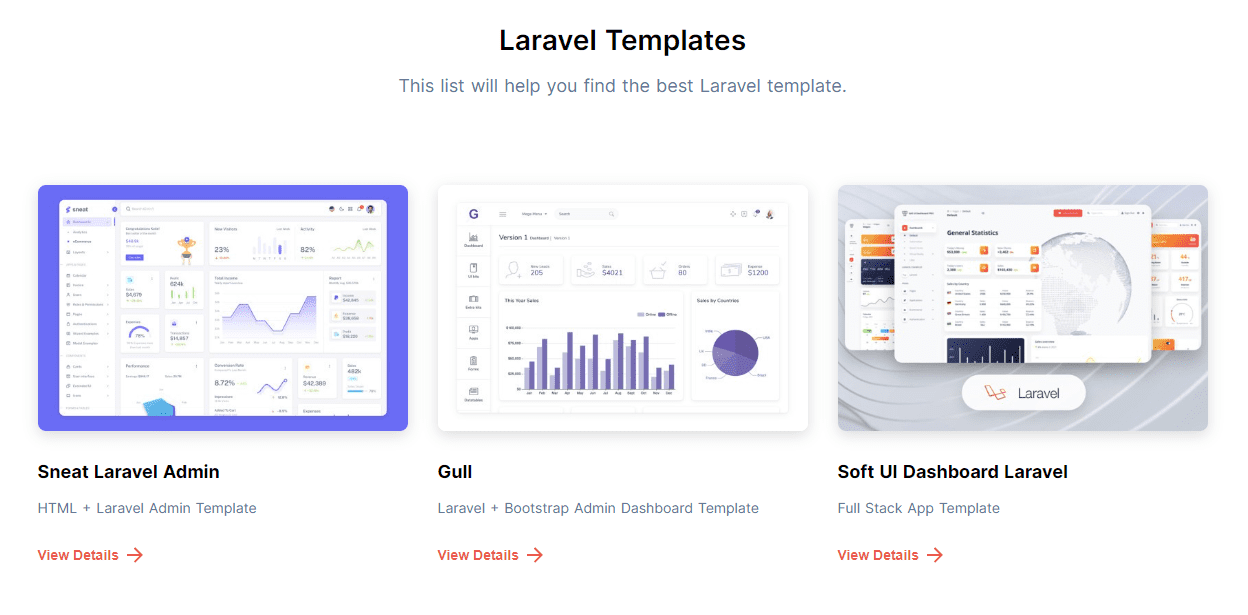
These templates will usually require dependencies and frontend toolkits to work. Additionally, you’ll still need to configure Laravel to work with the template and display data through it (some packages can do this).
WordPress vs Laravel PHP Framework: Publishing Tools
Although Laravel isn’t a “publishing” platform per se, it can fulfill that role with the right approach. Let’s talk about how WordPress and Laravel compare with publishing tools.
WordPress
Publishing posts and pages is at the core of the WordPress experience. The CMS focuses on providing tools to create pages and blog posts with ease. The Block Editor reflects that with its visual approach to page creation:
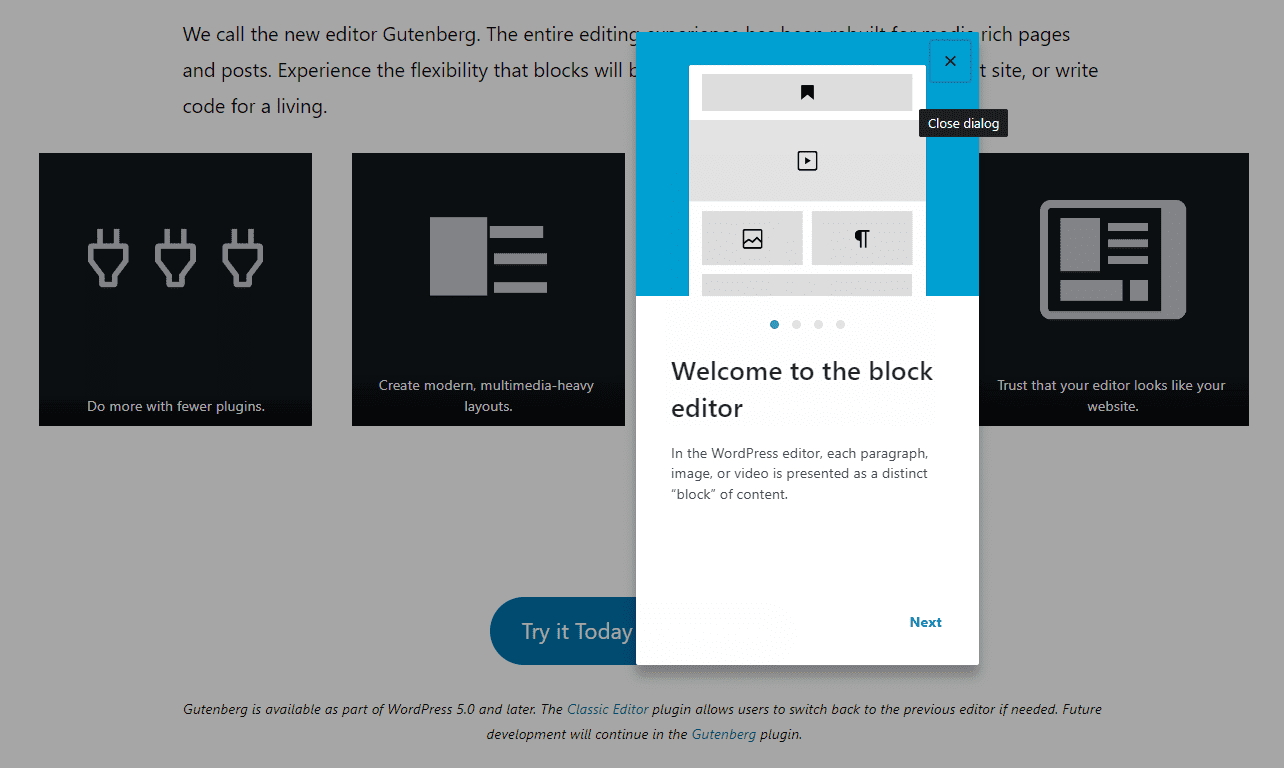
WordPress also offers functionality for managing posts. You can edit, update, and delete posts at any time. Even if you have a massive library of content, WordPress makes it easy to manage it.
Laravel
Laravel doesn’t offer built-in publishing tools. However, you can easily change that using the right packages. Some Laravel packages focus on adding blogging and publishing functionality to the framework.
One such example is Laravel Blog. This package adds a dashboard that looks like WordPress and a classic text editor to publish new posts and pages:
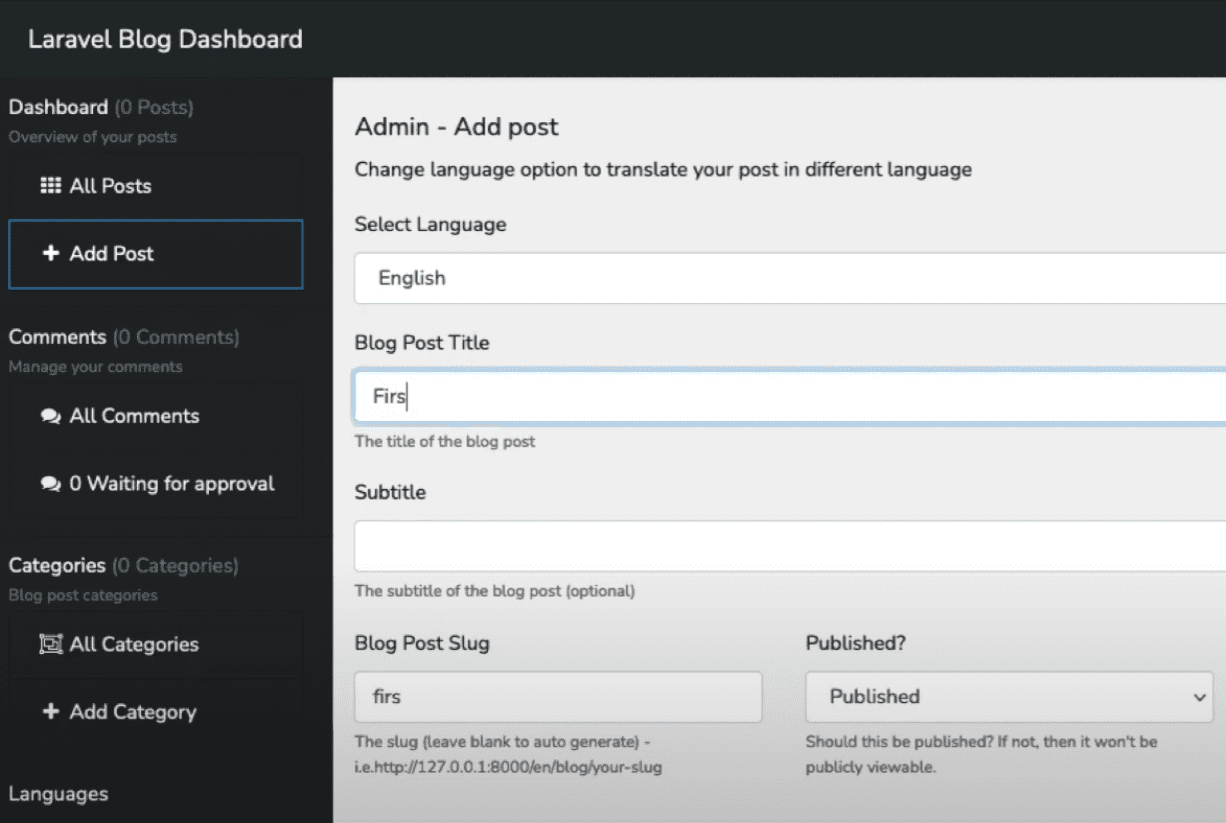
The alternative is to code and publish pages manually. That’s a valid approach, but if you plan on running a blog that publishes content often, you’ll want to use packages to handle the workload more efficiently.
WordPress vs Laravel PHP Framework: Security
Protecting your website from attacks and securing user data is key to any modern website. Here’s how Laravel and WordPress compare in terms of security.
WordPress
One of the main advantages of using WordPress is that the platform gets regular updates and security patches. If you keep WordPress itself, plus the themes and plugins you use, up to date, your website should be mostly secure.
Having said that, there are plenty of extra steps that you can take to protect your site even further. Some plugins can help you implement features such as Two Factor Authentication (2FA). Additionally, you can whitelist IP addresses, use web hosts that offer advanced security functionality, and more.
Laravel
Laravel offers many pre-programmed security features that you can implement for your projects. These features are not “enabled” by default, meaning you need to add them manually on a project-by-project basis. They include:
- A user authentication system
- Protection against XSS attacks and SQL injections
- Email verification
- Password hashing and reset functionality
On top of its pre-programmed functionality, Laravel includes packages to enhance security. Arguably, Laravel is much more secure than most other PHP frameworks. However, there’s always more that you can do to protect your site, so it’s essential to be proactive about it.
WordPress vs Laravel PHP Framework: Ecommerce
Running an online store is one of the best ways to make money online. This section will help you decide which platform is more suitable.
WordPress
WordPress is a very user-friendly CMS for running an eCommerce store. Using the free WooCommerce plugin, you can create a storefront, upload products, process payments and shipping, and more:

Furthermore, you can use WooCommerce extensions to add extra functionality to your store, such as product filters and customer reviews. Since you control your shop visually, it’s very easy to organize and sell your products.
Plus, you can choose from other free and paid eCommerce plugins, such as Easy Digital Downloads. Overall, WordPress eCommerce is very accessible.
Laravel
As we previously explained, Laravel works with packages. Some Laravel packages can add complex functionality to your projects, such as publishing tools and eCommerce systems.
Ecommerce packages like Aimeos and GetCandy can help you set up complex online stores:
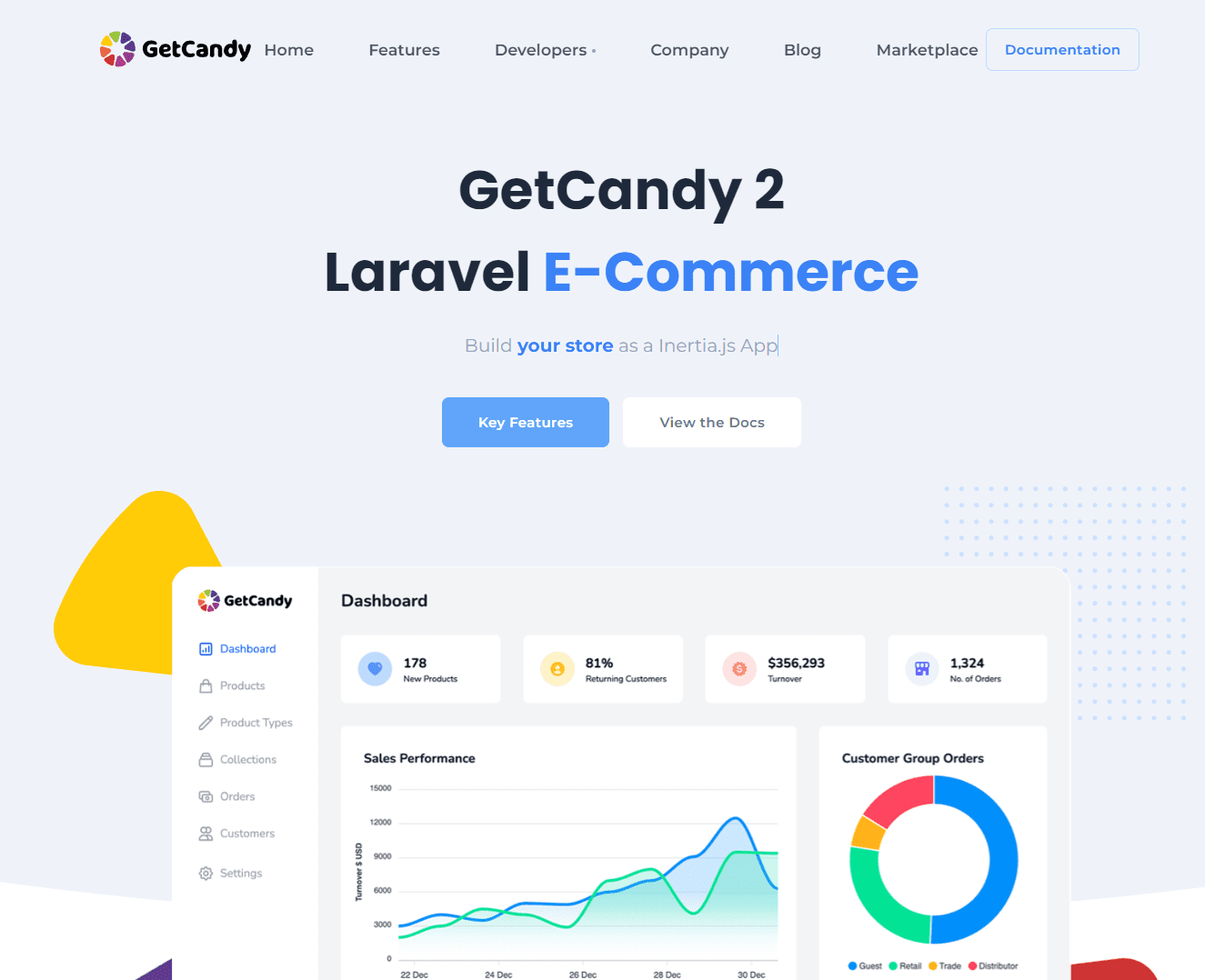
These eCommerce packages give you arguably more freedom than WooCommerce since you can design more complex product, shopping cart, and customer parameters. You’ll also typically get access to an admin hub to manage all your sales. However, as with most Laravel features, you’ll need developer experience to get the most out of eCommerce packages.
Conclusion
Laravel and WordPress offer very distinct approaches to creating a website. With WordPress, you get a CMS that packages visual tools to help you build and manage every aspect of your site. By contrast, Laravel is a PHP framework that requires you to put together projects from scratch using pre-built features and packages.
There isn’t a definitively better option for building a website. If you’re an experienced programmer, you’ll probably appreciate Laravel for what it offers – an incredibly scalable and customizable framework that can adapt to your needs. On the other hand, WordPress simply works right out of the box, which can simplify and speed up some projects.
Do you have any questions about using WordPress vs Laravel? Let’s talk about them in the comments section below!
Featured Image via Prabowo96 / shutterstock.com















![Toni Kroos là ai? [ sự thật về tiểu sử đầy đủ Toni Kroos ]](https://evbn.org/wp-content/uploads/New-Project-6635-1671934592.jpg)


